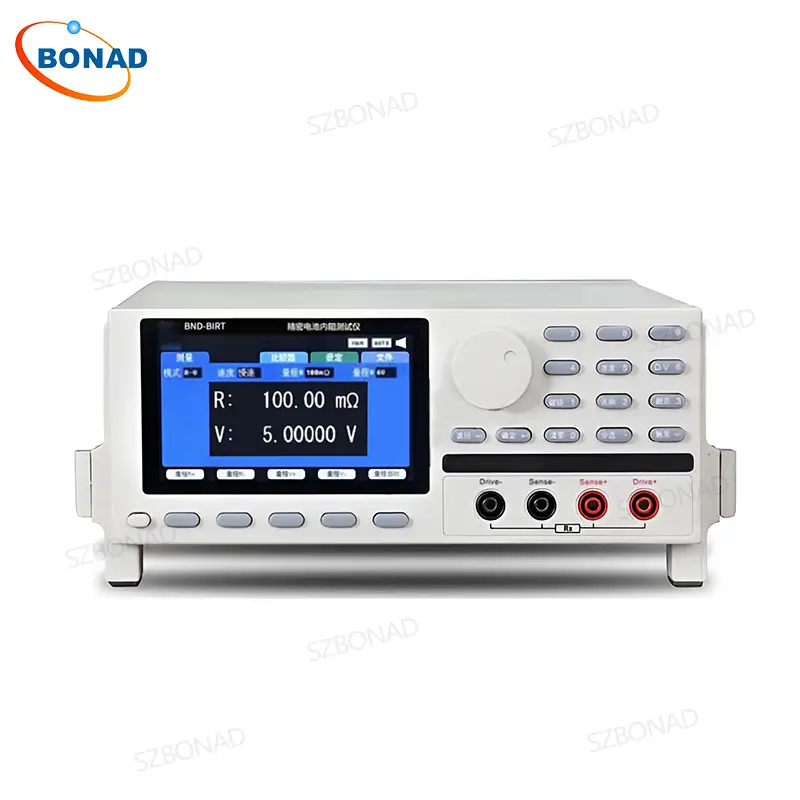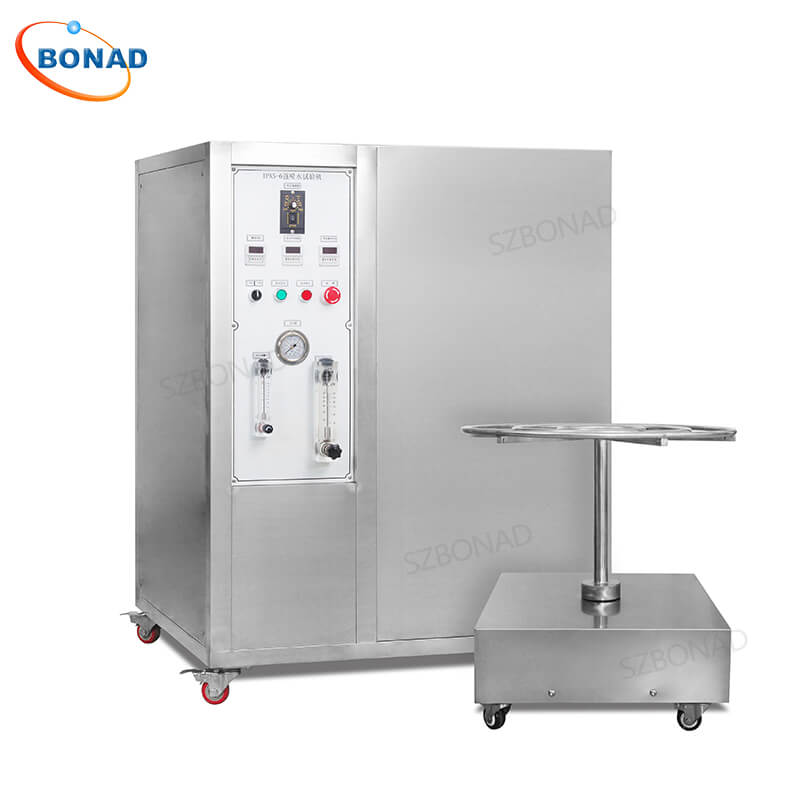Battery Test Methods: From Basic Voltage Checks to Advanced Electrochemical Impedance Spectroscopy (EIS)
Batteries operate much like living organisms—complex systems that cannot be diagnosed using a single metric. As battery technologies advance and applications expand into electric vehicles, energy storage, medical devices, and industrial equipment, the need for accurate and reliable battery test methods has become more important than ever. Understanding battery health requires analyzing multiple symptoms, including voltage, internal resistance, capacity, and electrochemical behavior.
Modern diagnostics range from simple digital readings to advanced analytical techniques such as Electrochemical Impedance Spectroscopy (EIS). Each method reveals different aspects of battery condition and State-of-Health (SoH), enabling better predictive maintenance, higher quality control, and safer battery system design.
1. Voltage Measurement: Basic but Limited
Open-circuit voltage is the simplest test method and correlates primarily with State-of-Charge (SoC).
However, voltage alone cannot determine battery health or capacity, especially with lithium-ion and lead-acid chemistries. Two batteries—one new but partially charged, another aged and fully charged—may present similar voltage readings.
2. Ohmic / Internal Resistance Testing
Internal resistance (or impedance) measurement identifies mechanical degradation, corrosion, and increased ESR.
A high-precision Battery Internal Resistance Tester evaluates how effectively the battery can deliver current.
Advantages:
- Fast, repeatable measurement
- Detects mechanical faults and early aging
- Useful for high-volume production and sorting
Limitation:
- Internal resistance does not directly correlate with capacity.
- Some aged batteries may still show low resistance.
Modern instruments, such as 4-terminal AC testers, provide micro-ohm resolution to eliminate lead and contact errors, supporting reliable R&D and production evaluation.
3. Full Charge–Discharge Cycle (Capacity Testing)
A complete cycle—charge, discharge, recharge—provides the most accurate measurement of true chemical capacity. This method calibrates smart batteries and is the gold standard for determining SoH.
Strengths:
- Highly accurate
- Reveals true energy storage capability
Drawbacks:
- Time-consuming
- Causes wear and heat stress
- Not suitable for high-volume production
4. Rapid Test Methods (Pulse & Frequency Domain)
Rapid tests evaluate ion movement and dynamic response:
- Time-domain pulse tests observe voltage response to controlled current pulses.
- Frequency-domain impedance scans analyze behavior across multiple frequencies.
Advanced algorithms compare signatures with lookup matrices to predict SoH without full cycling. Rapid testing is essential for EV batteries, energy storage systems, and logistics centers requiring quick pass/fail decisions.
5. Coulomb Counting for Smart Batteries
Coulomb counting monitors current flow over time to calculate:
- Full Charge Capacity (FCC)
- State-of-Charge (SoC)
- Estimated State-of-Health (SoH)
It is widely used in lithium-ion BMS systems due to Li-ion’s high charge efficiency (~99%).
However, real-world usage causes drift, requiring occasional calibration by performing a full cycle.
6. BMS-Based Estimation
Most Battery Management Systems (BMS) monitor voltage, current, and temperature.
Li-ion BMS platforms integrate coulomb counting and algorithmic estimation to improve long-term accuracy.
Although BMS systems provide real-time insights, they rely heavily on initial calibration and battery-specific parameters.
7. EIS – Electrochemical Impedance Spectroscopy
EIS provides the most comprehensive insight into the chemical battery by analyzing:
- charge transfer resistance
- diffusion characteristics
- electrolyte condition
- electrode surface reactions
EIS can detect degradation long before voltage or resistance reveals changes, making it one of the most powerful techniques for predictive diagnostics. As algorithms advance, EIS is expected to surpass all other rapid-test methods in accuracy.
Environmental Factors Affect Test Accuracy
Temperature plays a critical role in test results—especially at low temperatures where all chemistries exhibit lower charge acceptance.
Charging Li-ion batteries below 0°C can be hazardous unless the system includes temperature-regulated charging.
Why Internal Resistance Testing Remains Essential
Despite limitations, internal resistance testing is one of the fastest and most widely used methods for quality control, production line screening, and maintenance inspection. High-precision testers ensure consistent measurements regardless of battery condition or operator influence.
One example is the BONAD BND-BIRT Battery Internal Resistance Tester, featuring:
- AC 4-terminal sensing with 0.1 μΩ resolution
- Simultaneous voltage & resistance measurement
- Up to 272 channels for mass production
- USB/LAN with SCPI protocol for automation
- Compliance with IEC/UL/GB battery test standards
Such instruments enable manufacturers and laboratories to validate battery consistency, detect early deterioration, and optimize test workflows.

Conclusion
Battery diagnostics is a multidisciplinary field. No single method can identify all failure modes. For reliable results, professionals must combine multiple techniques—voltage, impedance, coulomb counting, rapid testing, capacity measurement, and EIS.
As battery applications expand in EVs, renewable energy, telecom, aerospace, and consumer electronics, the precision of testing technologies becomes increasingly important. High-accuracy internal resistance testers and advanced analytics empower engineers to produce safer, longer-lasting, and more efficient batteries.


